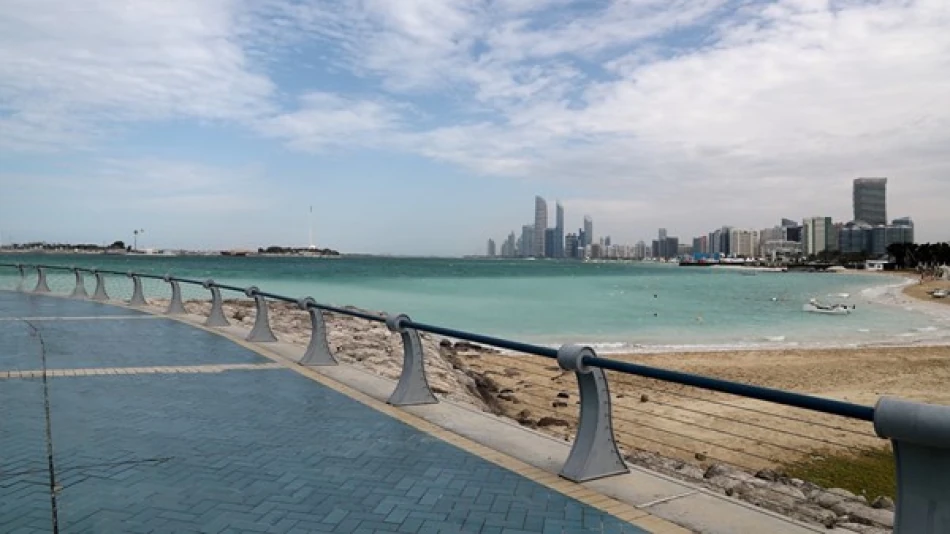
Partial Cloud Cover Expected Tomorrow: Prepare for Changing Weather Conditions
UAE Braces for Mixed Weather Conditions as Eastern Regions Face Afternoon Storm Risk
The UAE's National Center of Meteorology has forecast partially cloudy skies with a significant weather shift expected in eastern regions, where cumulus cloud formation could trigger afternoon rainfall. The mixed conditions highlight the country's diverse microclimate patterns during the transitional weather period, with temperatures reaching up to 46°C in some areas while coastal regions experience high humidity levels.
Regional Weather Breakdown Reveals Sharp Climate Contrasts
The forecast reveals striking temperature variations across the Emirates, with inland areas like Al Ruwais and Al Sila experiencing scorching highs of 46°C, while eastern coastal Fujairah maintains more moderate conditions at 34°C maximum. This 12-degree difference underscores the UAE's unique geographical position, where desert, mountain, and coastal influences create distinct weather zones within a relatively small area.
Humidity Patterns Signal Seasonal Transition
Coastal emirates show dramatically higher humidity levels, with Fujairah reaching 90% maximum humidity compared to just 40% in the interior Liwa region. Dubai and Sharjah are forecast to experience 60% maximum humidity, typical for the transitional period that often precedes more stable weather patterns. These variations directly impact energy consumption patterns and outdoor activity planning across different emirates.
Wind and Maritime Conditions Favor Outdoor Activities
Light to moderate winds ranging from 10-25 km/h, occasionally reaching 40 km/h, will move from southeast to northeast directions. While these winds may stir dust during daytime hours, they're expected to provide relief from the heat in urban areas. Both the Arabian Gulf and Sea of Oman will experience light wave conditions, creating favorable circumstances for maritime activities and coastal tourism.
Tidal Patterns Support Maritime Operations
The detailed tidal forecasts indicate optimal timing for fishing, shipping, and recreational boating. In the Arabian Gulf, high tides at 15:22 and 02:24 coincide with cooler temperatures, while the Sea of Oman's high tides at 11:17 and 23:17 offer different scheduling opportunities for maritime activities along the eastern coast.
Economic and Practical Implications
The weather forecast carries significant implications for various economic sectors. The potential for afternoon rainfall in eastern regions could benefit agricultural activities in areas like Al Ain and the Hajar Mountains, while the extreme temperatures in western regions will likely drive increased energy consumption for cooling systems. Tourism operators may need to adjust outdoor activity schedules, particularly in Abu Dhabi and western areas where temperatures exceed 44°C.
The moderate wind conditions and calm seas present opportunities for the UAE's growing maritime tourism sector, while the varied humidity levels across emirates allow visitors to choose destinations based on comfort preferences. Construction and outdoor work schedules will likely shift to early morning and evening hours in the hottest regions, following established practices during peak summer conditions.
 Layla Al Mansoori
Layla Al Mansoori







